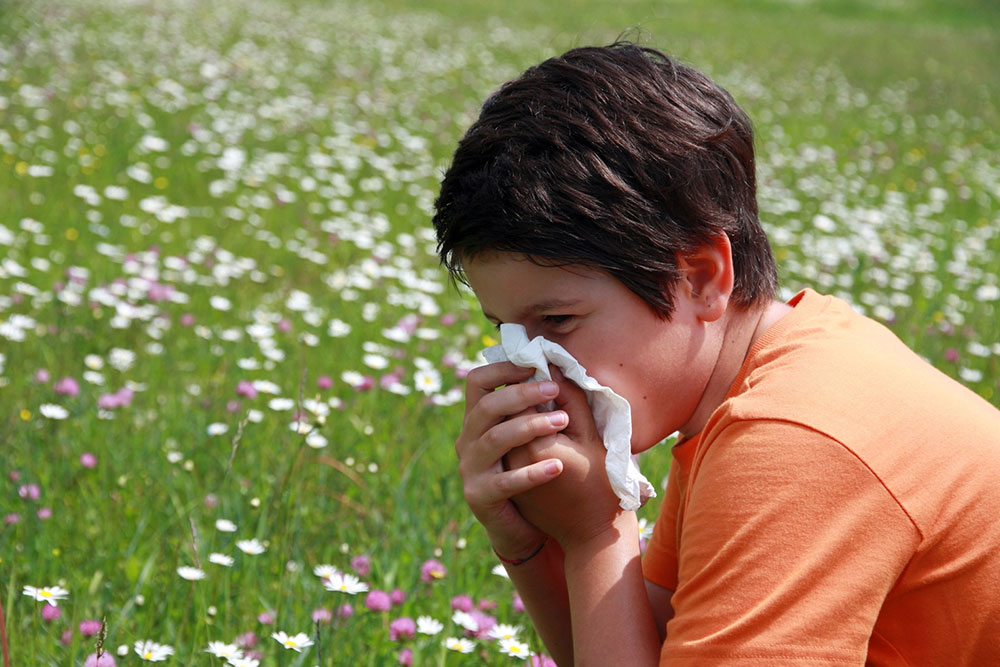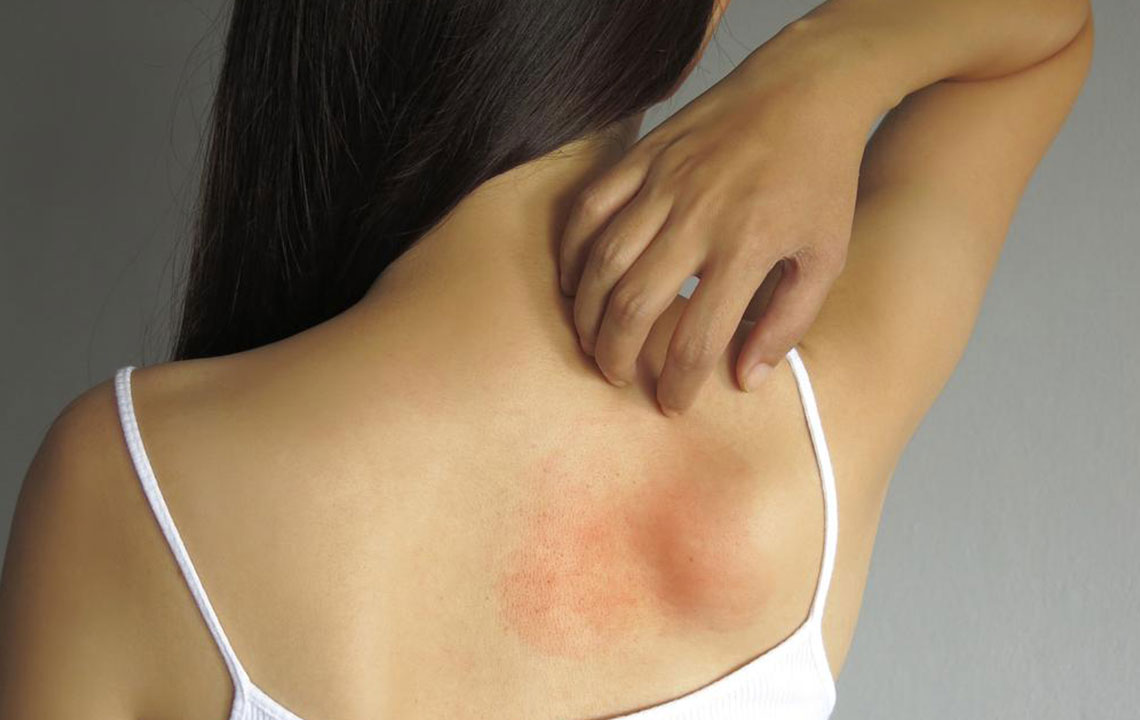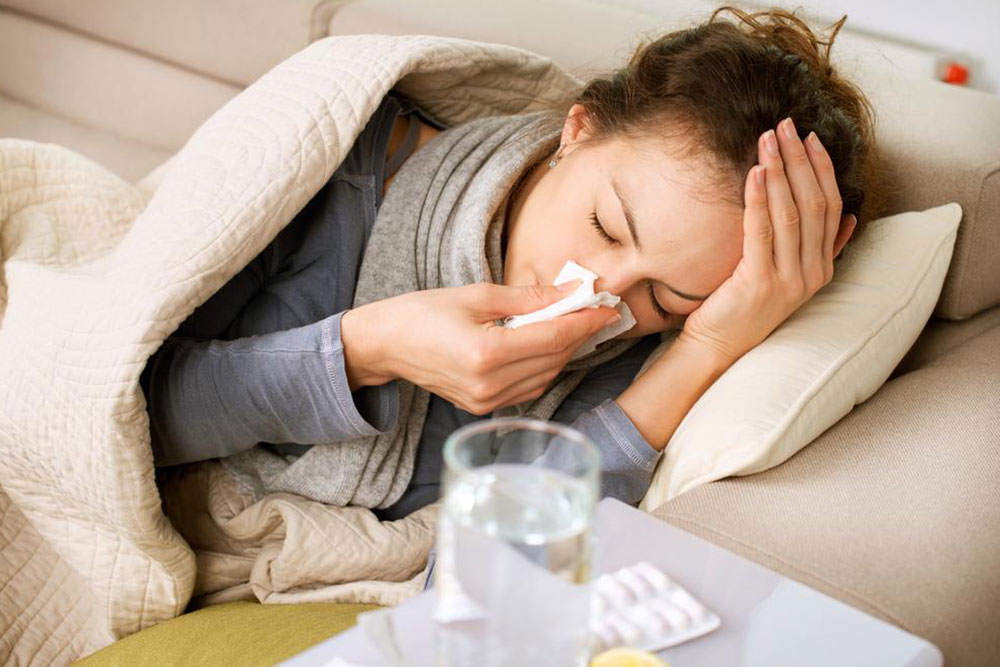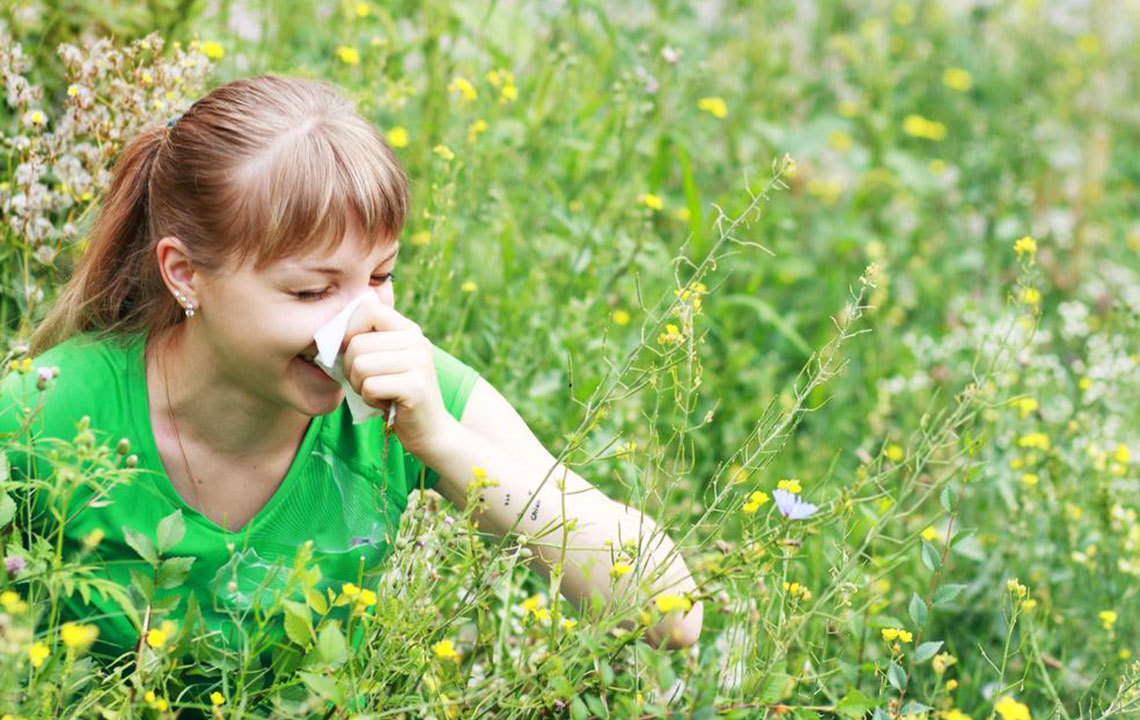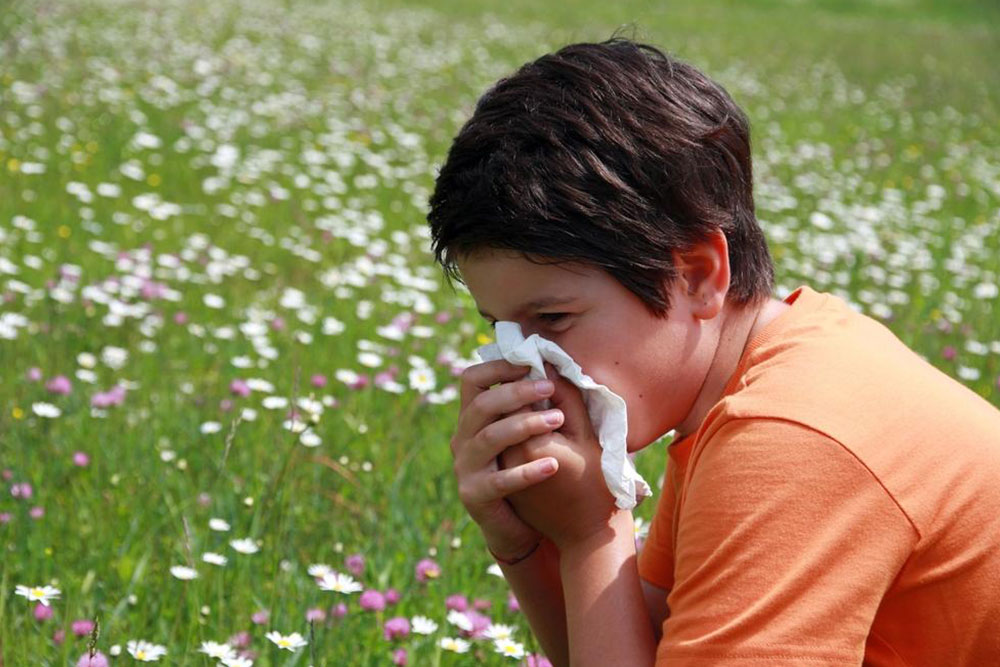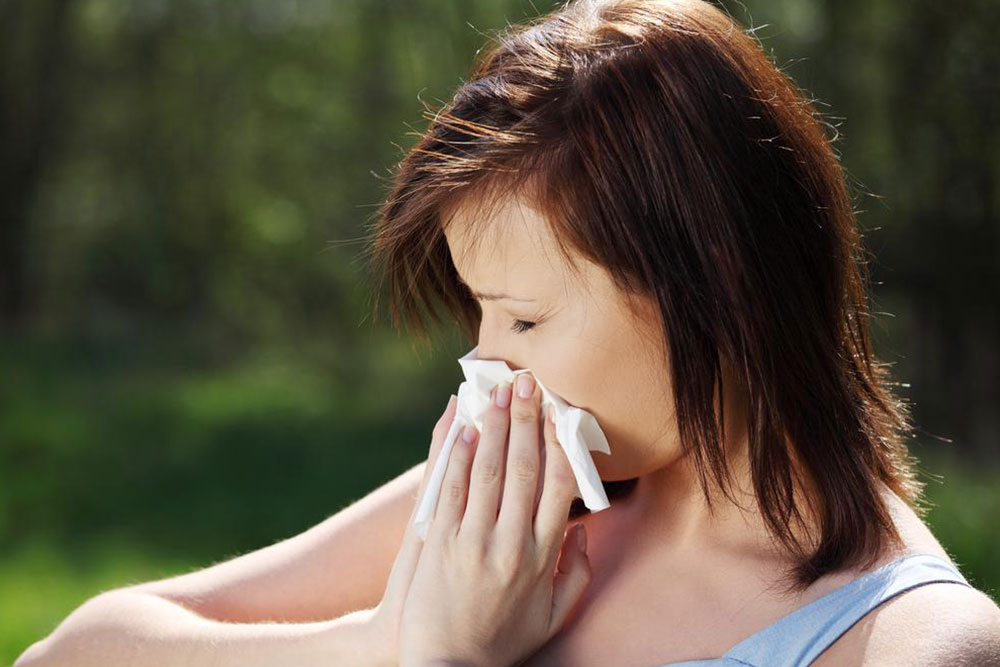Comprehensive Guide to Managing and Mitigating Spring Pollen Allergies Effectively
This detailed guide provides effective strategies for managing spring pollen allergies. From dietary advice to environmental controls and protective habits, discover practical tips to reduce symptoms and enjoy spring comfortably. Implementing these lifestyle changes can significantly improve your quality of life during peak pollen season.
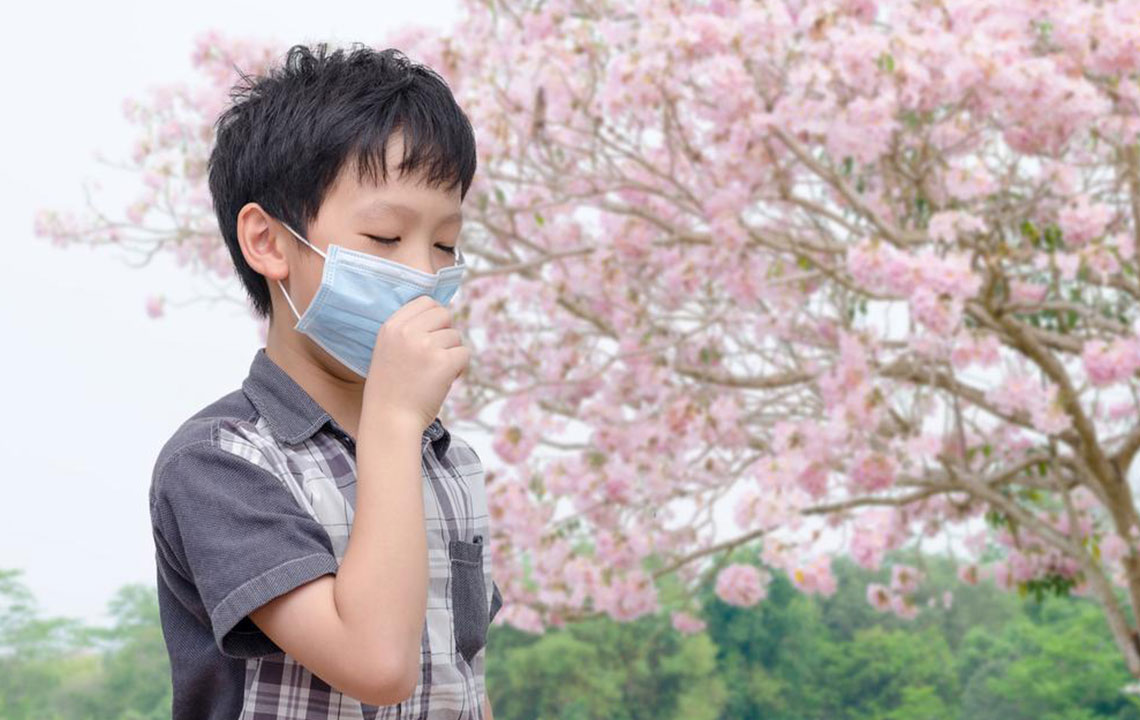
Comprehensive Guide to Managing and Mitigating Spring Pollen Allergies Effectively
Spring marks a season of renewal and bloom, but it also signals the start of peak pollen season, which can significantly impact individuals suffering from allergies. Pollen, a fine powder produced by trees, grasses, and weeds, is responsible for triggering allergic reactions such as sneezing, congestion, itchy eyes, and coughing. For many, these symptoms can diminish the quality of life, especially during the warmer months when outdoor activities become more frequent.
Understanding how to manage pollen allergies is crucial for maintaining comfort and health during the spring. While antihistamines and other medications can provide temporary relief, they do not address the root causes or prevent exposure. Implementing strategic lifestyle adjustments can greatly reduce allergy severity and improve daily living.
In this comprehensive guide, we explore effective strategies to reduce pollen exposure and alleviate allergy symptoms naturally. These practical tips aim to help allergy sufferers navigate spring with minimal discomfort, ensuring you can enjoy outdoor activities and maintain your routine without constant worry about pollen counts.
Enhance Your Vitamin D Levels for Better Allergy Defense
Research suggests that maintaining adequate vitamin D levels may play a role in reducing allergy susceptibility. Vitamin D is known to modulate immune responses, potentially decreasing inflammatory reactions caused by allergens. To boost your vitamin D intake, consider incorporating foods such as dairy products, fortified cereals, eggs, cheese, and orange juice into your diet. Exposure to sunlight also helps your body produce vitamin D naturally, so spending limited time outdoors during safe hours can be beneficial, provided you take precautions against pollen exposure.
Maintain a Clean Indoor Environment by Regularly Vacuuming
Indoor air quality significantly influences allergy symptoms. Carpets and rugs tend to trap dust mites, mold spores, pet dander, and pollen particles, which can be released back into the air with movement. Regular vacuuming with a HEPA filter-equipped vacuum cleaner can effectively reduce these allergens. Focus on bedrooms and living areas where you spend most of your time. Additionally, washing bedding, curtains, and cushion covers frequently helps eliminate accumulated allergens, creating a healthier indoor environment.
Minimize Contact with Pets During Peak Pollen Season
Pets, especially those with long fur, can carry pollen into your home after outdoor adventures. Pollen attaches to fur and skin, transferring allergens to your surfaces and skin. To reduce this, keep pets away from bedrooms and designated allergy-sensitive zones. Regularly bathing and grooming pets can remove pollen from their fur. Furthermore, closely vacuum areas with pet contact to eradicate loose pollen and dander. These steps are particularly vital during high pollen days when the risk of allergen transfer is increased.
Utilize Air Conditioning to Reduce Indoor Pollen Levels
Air conditioning units filter the indoor air and help control humidity, preventing the growth of mold and dust mites that can exacerbate allergy symptoms. Keep windows and doors closed, especially in the early mornings when pollen concentrations in the air are at their peak. Using air conditioning not only cools your home but also acts as a barrier against outdoor allergens. Regularly changing or cleaning filters enhances the system's efficiency in trapping airborne particles, providing cleaner and healthier indoor air.
Adopt Protective Measures When Outdoors: Wearing Masks and Protective Clothing
If outdoor activities are necessary, protect yourself by wearing a high-quality mask designed for allergy protection. Masks create a physical barrier, reducing the inhalation of pollen grains. Additionally, wearing sunglasses and wide-brimmed hats can prevent pollen from coming into contact with your eyes and hair. Planning outdoor activities for late afternoons or after rainfall, when pollen counts tend to decrease, can further minimize exposure.
Establish Hygienic Habits: Remove Shoes and Dry Clothes Indoors
Shoes tend to gather pollen, dirt, and other pollutants, which are then tracked inside your home. Make it a routine to remove shoes at the door to prevent spreading allergens into your living spaces. Similarly, drying laundry outdoors exposes clothing and bedding to airborne pollen, which can linger on fabrics. Use indoor dryers or set up indoor drying racks to keep clothes pollen-free. These small habits can significantly reduce indoor pollen levels and improve your overall allergy management.
Implementing these comprehensive strategies can lead to substantial relief from pollen allergy symptoms. Consistency is key, and most individuals notice symptoms improving within days of adopting these habits. For persistent or severe allergies, consulting a healthcare professional or allergist is recommended. They can provide personalized treatment plans, including allergy testing and immunotherapy options, tailored to your specific needs. With proactive measures and a well-informed approach, you can enjoy the spring season with fewer allergy-related interruptions.
Share these actionable tips with family and friends affected by pollen allergies to help them enjoy a healthier, more comfortable spring season. Remember, managing allergies effectively involves a combination of lifestyle adjustments, environmental controls, and medical advice for optimal results.
